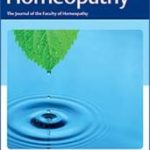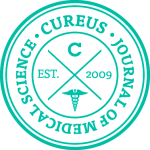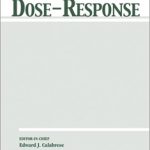Development and Validation of Chromatographic Method for the Standardization of Homeopathic Formulation of Syzygium Cumini

Background - Syzygium cumini (Lam.), family Myrtaceae, has a long history of use in folk and traditional systems of indigenous medicine. Many homeopathic formulations of Jamun seeds are available in the market for their crucial usage as an anti-diabetic. Despite the popularity of homeopathic products, a lack of standard quality is a significant impediment in their acceptance. The present study aimed to develop and validate a chromatographic method for the standardization of the homeopathic formulation of Syzygium cumini. Methods - The seeds of Syzygium cumini were studied for physicochemical evaluation and preliminary phytochemical screening. Also, the in-house standard and marketed homeopathic formulations of Syzigium cumini were standardized for pH, total fatty content, total phenolic and flavonoid content, with quantitative high-performance liquid chromatography- photodiode array detector (HPLC-PDA) analysis by using ellagic acid as a marker. Results - The physicochemical characteristics of crude material were found to be within pharmacopeial limits. The phytochemical screening showed the presence of various secondary metabolites. The total phenolic and flavonoid content was higher in the in-house standard than in marketed formulations. A validated quantitative HPLC-PDA analysis showed variations of ellagic acid content in different homeopathic formulations. Conclusion - Physicochemical analysis and the HPLC method for quantitative estimation of ellagic acid can be used to standardize a homeopathic formulation of Syzygium cumini.








Lascia un commento
Devi essere connesso per inviare un commento.